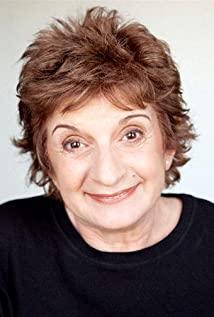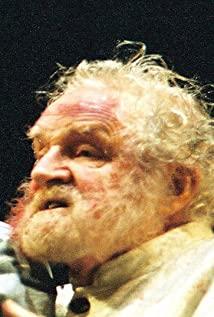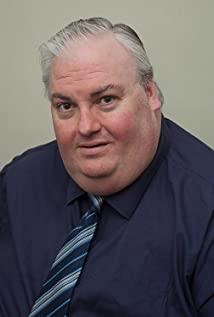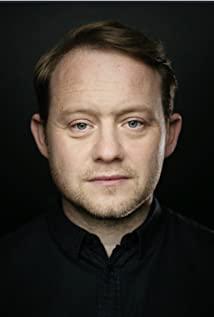Les Misérables background creation
2021-10-20 17:21
In 1988, Alan Parker was about to direct a musical adapted from Hugo's novel "Les Miserables". In Parker’s fantasy, this is an original musical. But he then left the crew, and the director of the film was changed to Bruce Bellsford in 1991. In 1992, the film’s producer Cameron Mackintosh announced that TriStar Films would produce the film. Subsequently, the film was stuck in the preparatory stage and couldn't get out of it. In 2005, Mackintosh confirmed that the musical version of "Les Miserables" would be adapted from the musical of the same name instead of an original musical. Mackintosh said that after a long period of hard work and struggle, he hopes to find a director who is willing to use the original moderator, including himself, to work on the crew.
In 2011, the director who contacted Mackintosh was named Tom Hober. What Hobo and his screenwriters need to do is to find the right stage, background and actors for these music. On the filming location, Hober decided to take the crew to France for production. So the entire crew came to France, and because of the schedule of actors, some shots were shot in the UK and the US. Moreover, according to McIntosh’s request, the main creators of the musicals also came to work on the crew, especially the original musical composer Claude-Michel Schoenberg and the lyrics writer Alan Bubir. The crew is working. In addition to rewriting the music for the film according to the original tune, Schoenberg also wrote a song for the film "Suddenly" with Bubiel.
Tom Hopper recorded the same time on the set, recording the actor's singing on the set, and then added accompaniment to these individual singing clips in post-production. The accompaniment is not simple, it is an ensemble called an orchestra. He asked each actor to put on wireless headphones and prepared a piano far away from the shooting scene, allowing the actors to sing the songs in the film while listening to the piano accompaniment during the shooting. The role of the piano is to allow the actor to find his own pitch, so as to avoid out of tune. In this way, what he recorded at the same time on the spot was a few independent chants with almost no noise. Then, these chants were taken out independently for post-production. In post-production, Schoenberg re-arranged the performance of all the songs according to these verses, and the individual rhythm and pitch of the actors. In the recording studio, singing was used as a blueprint for the soundtrack of these "capellas". After synthesis, it becomes the fragments of singing, dancing and music in the film. This is the first time in film history to shoot an entire movie in this way.
Extended Reading
-
[first lines]
[Valjean gets stopped by Javert while the remaining prisoners leave]
Javert: Retrieve the flag.
-
Jean Valjean: Where is your child?
Fantine: With the innkeeper in Montfermeil.
Jean Valjean: I will send for her immediately.
Fantine: [shocked] Oh, Monsieur.











